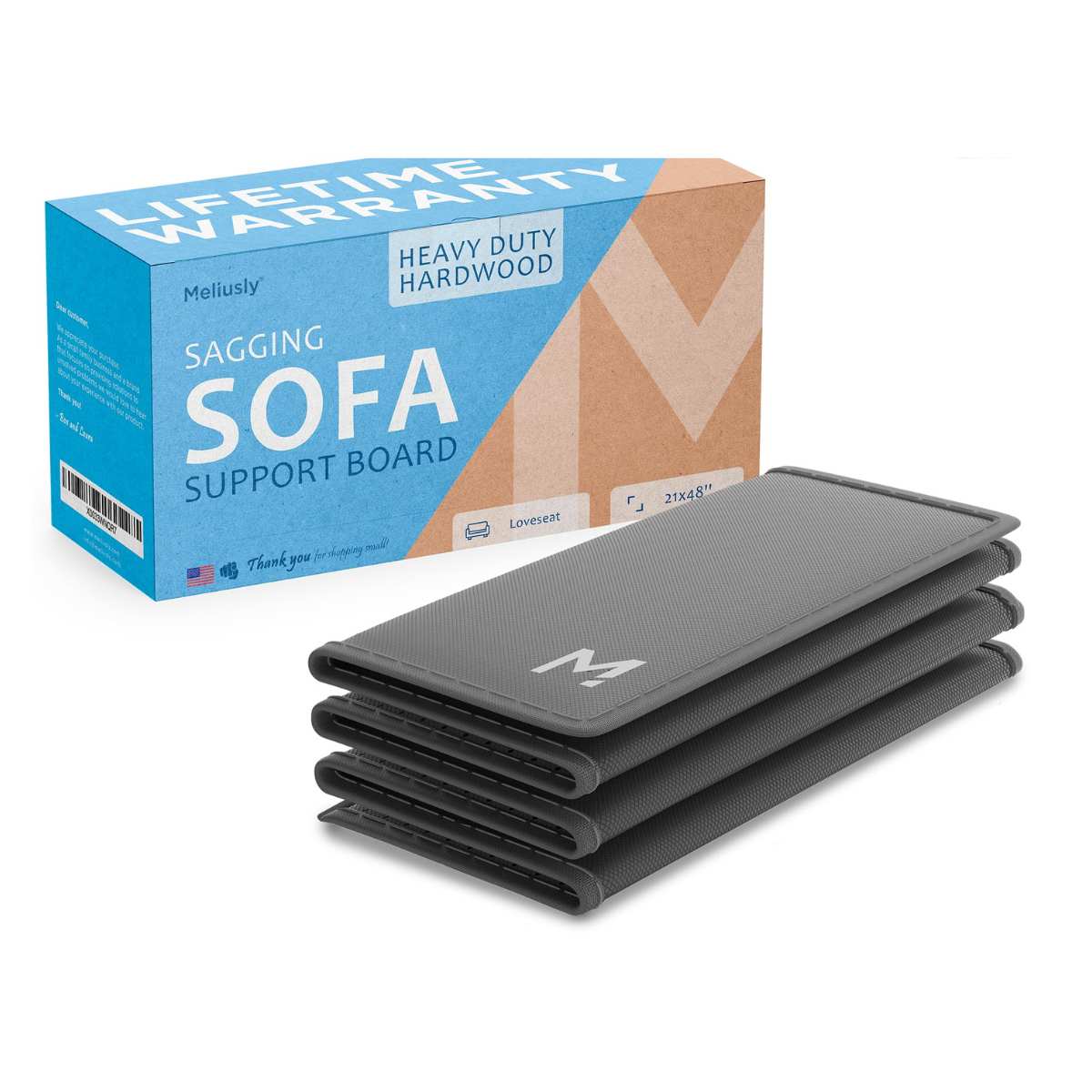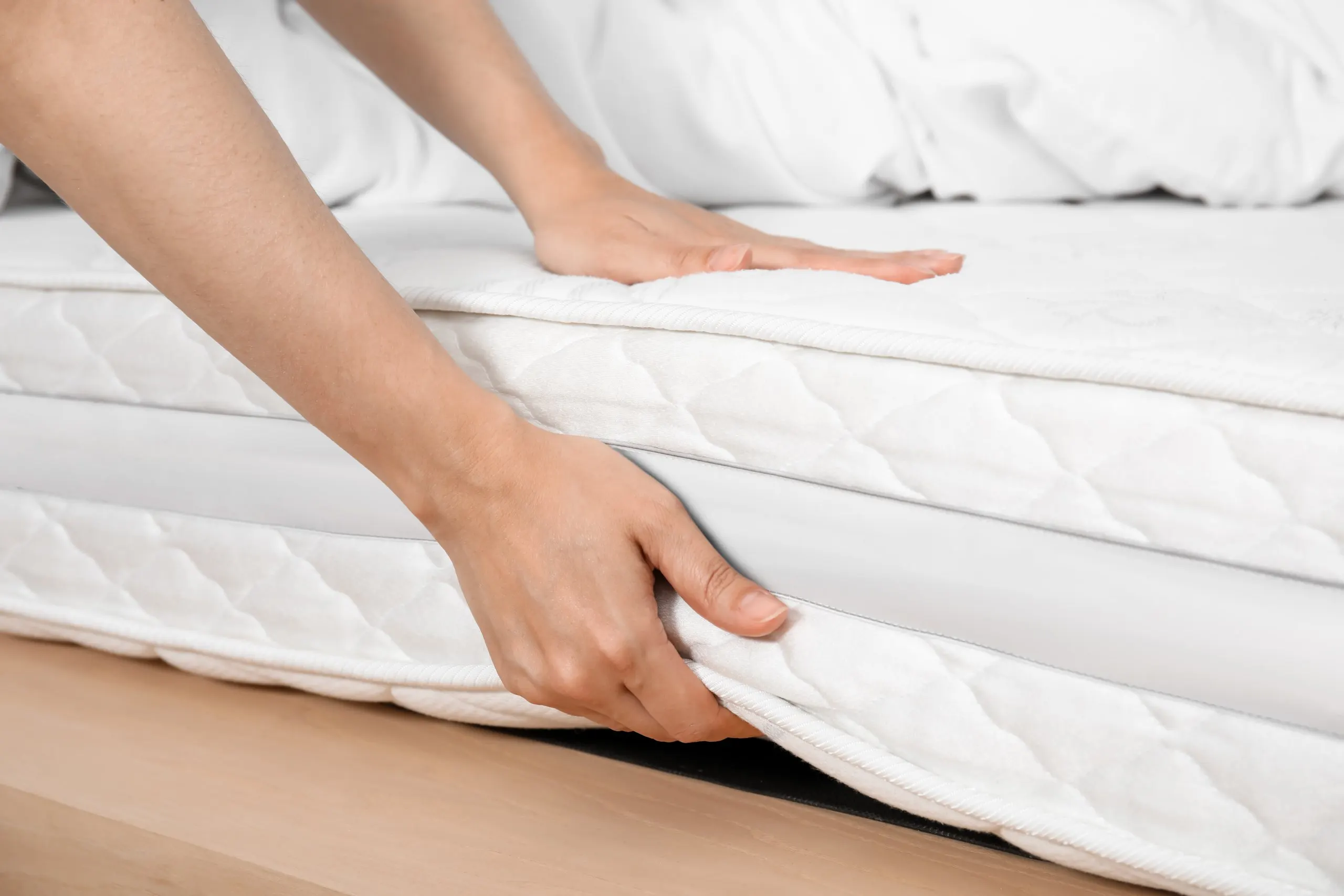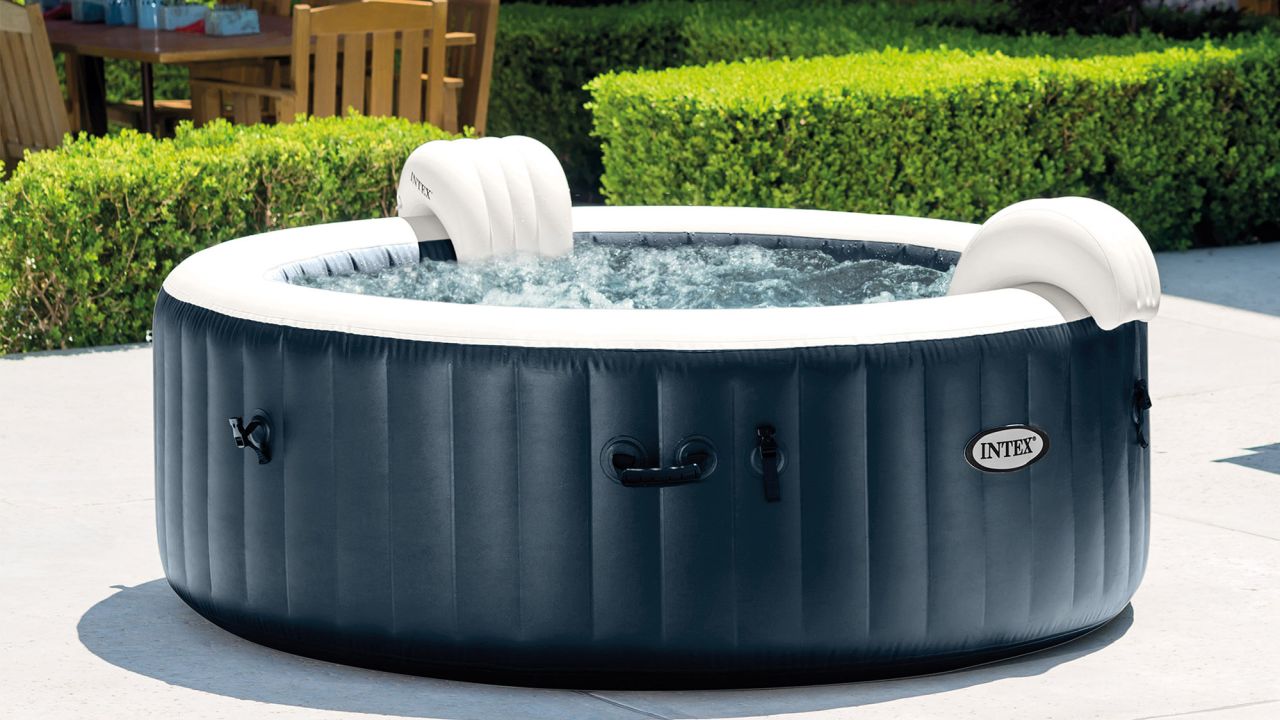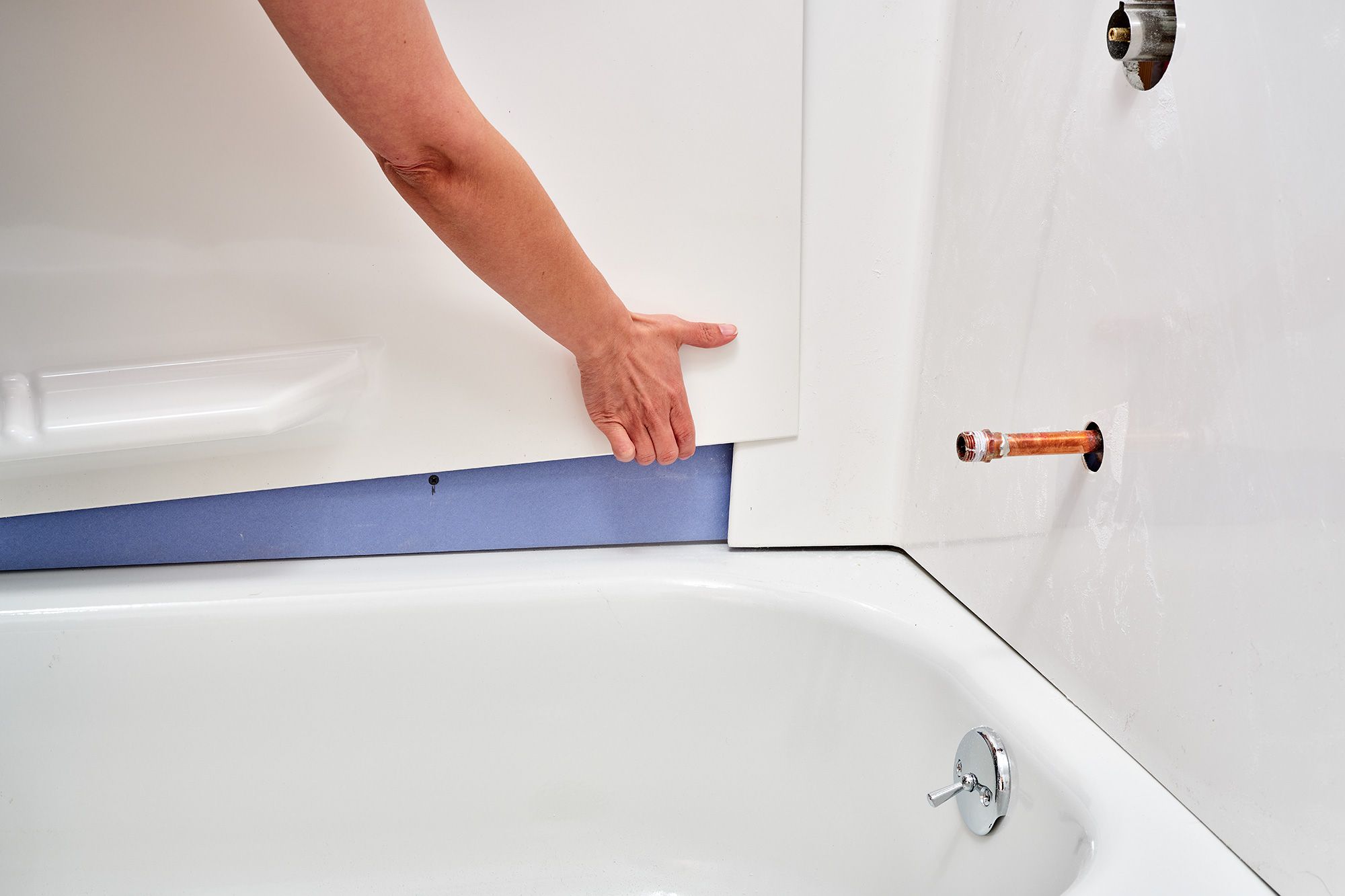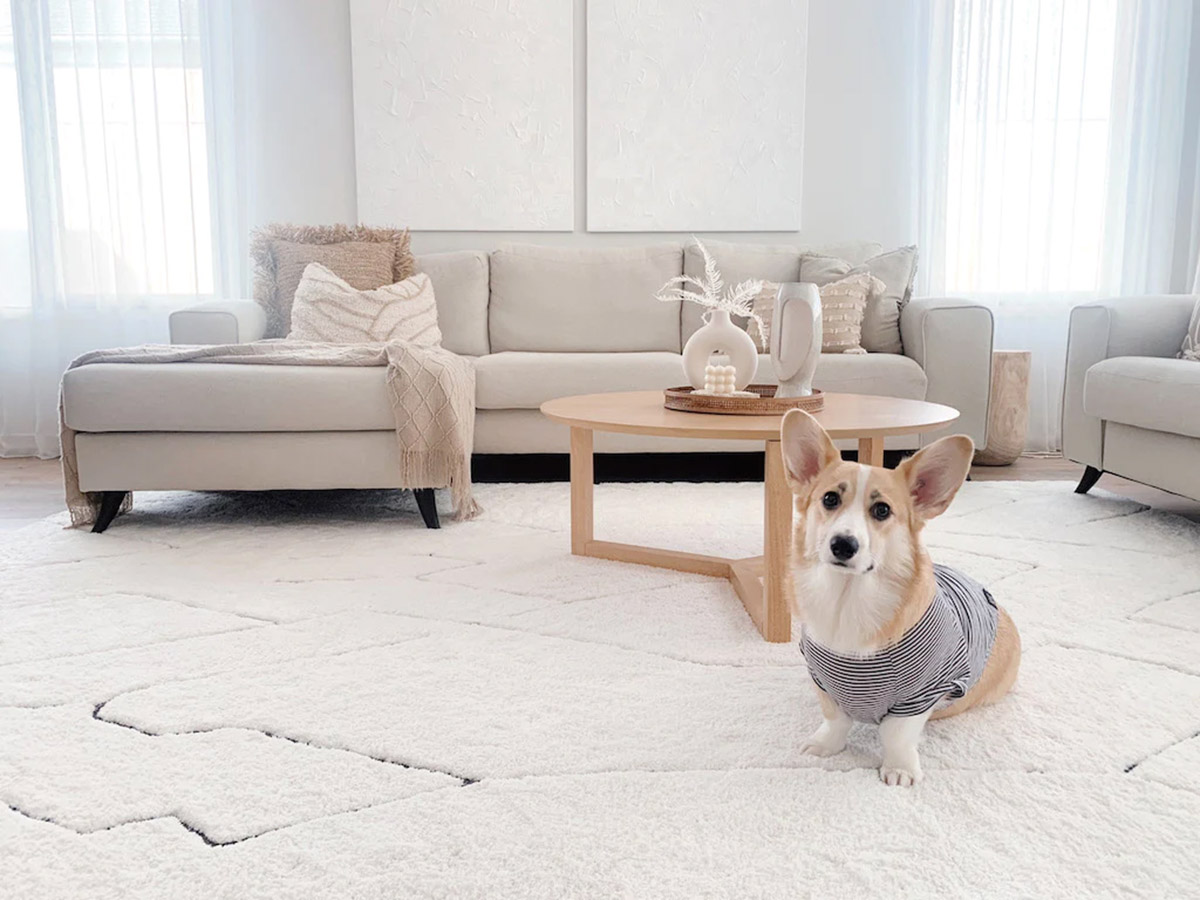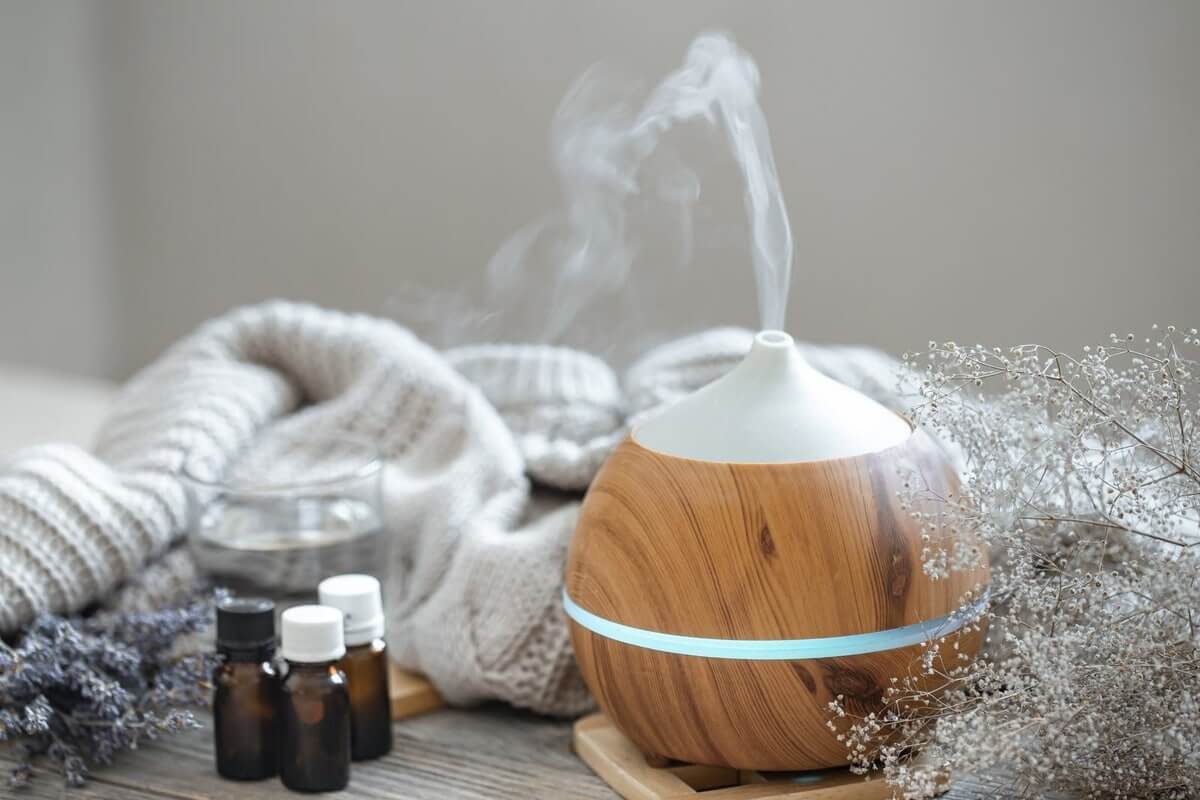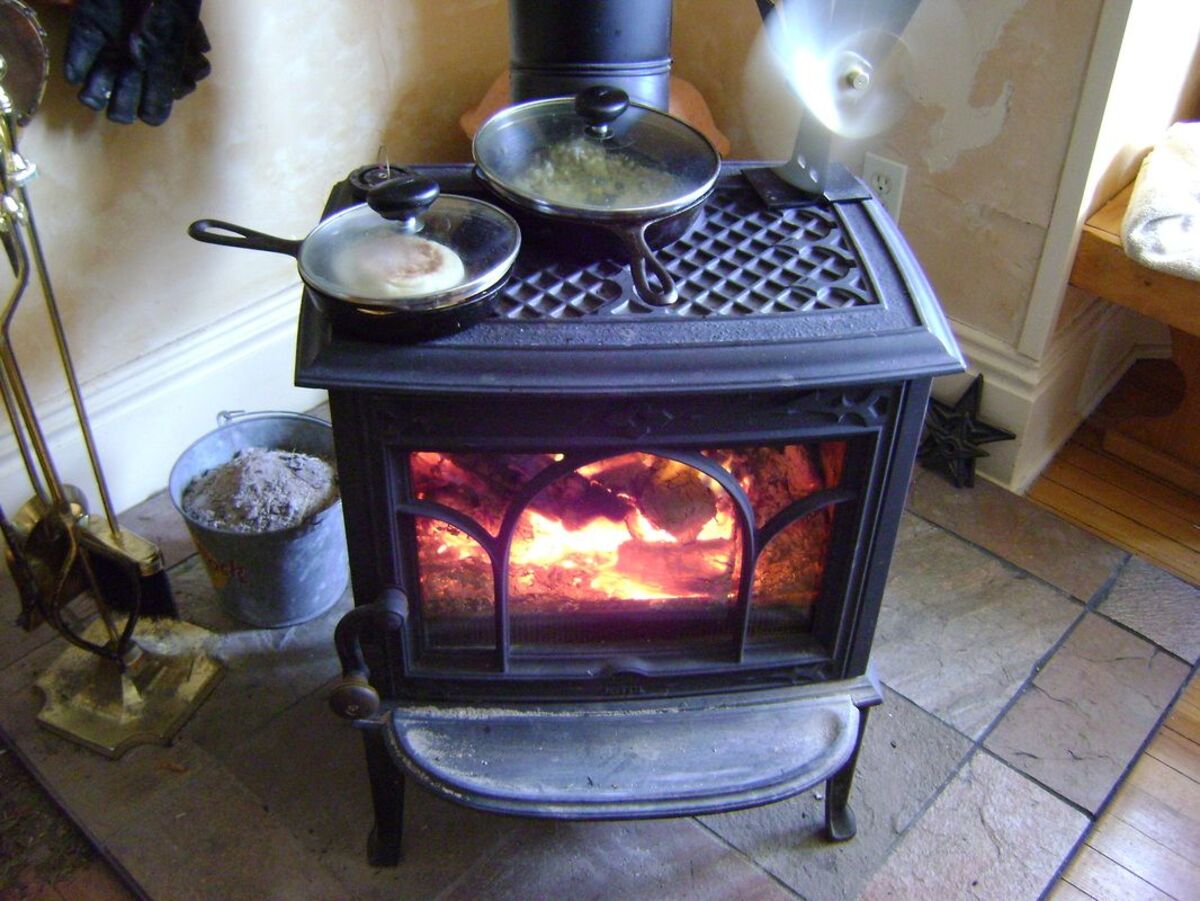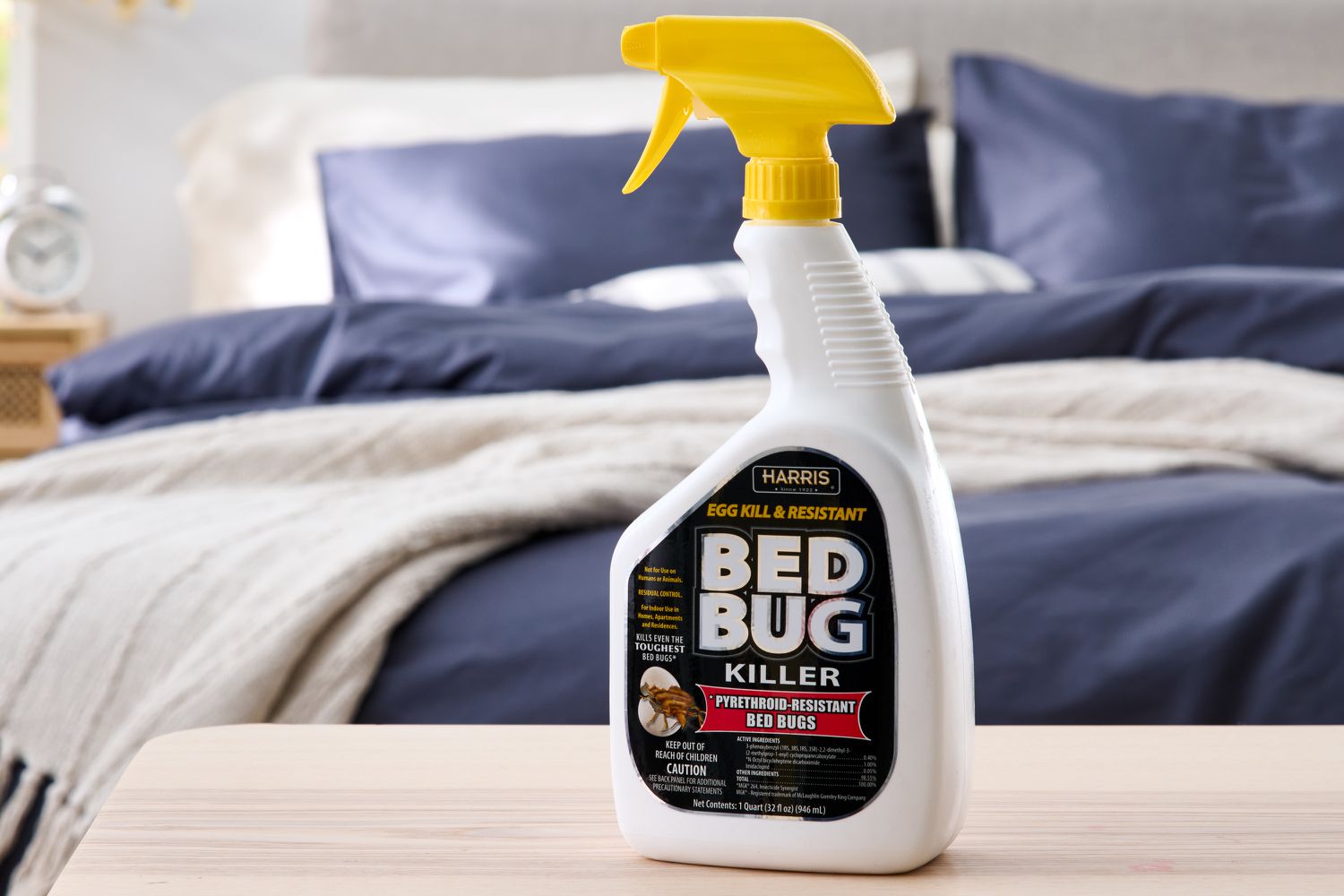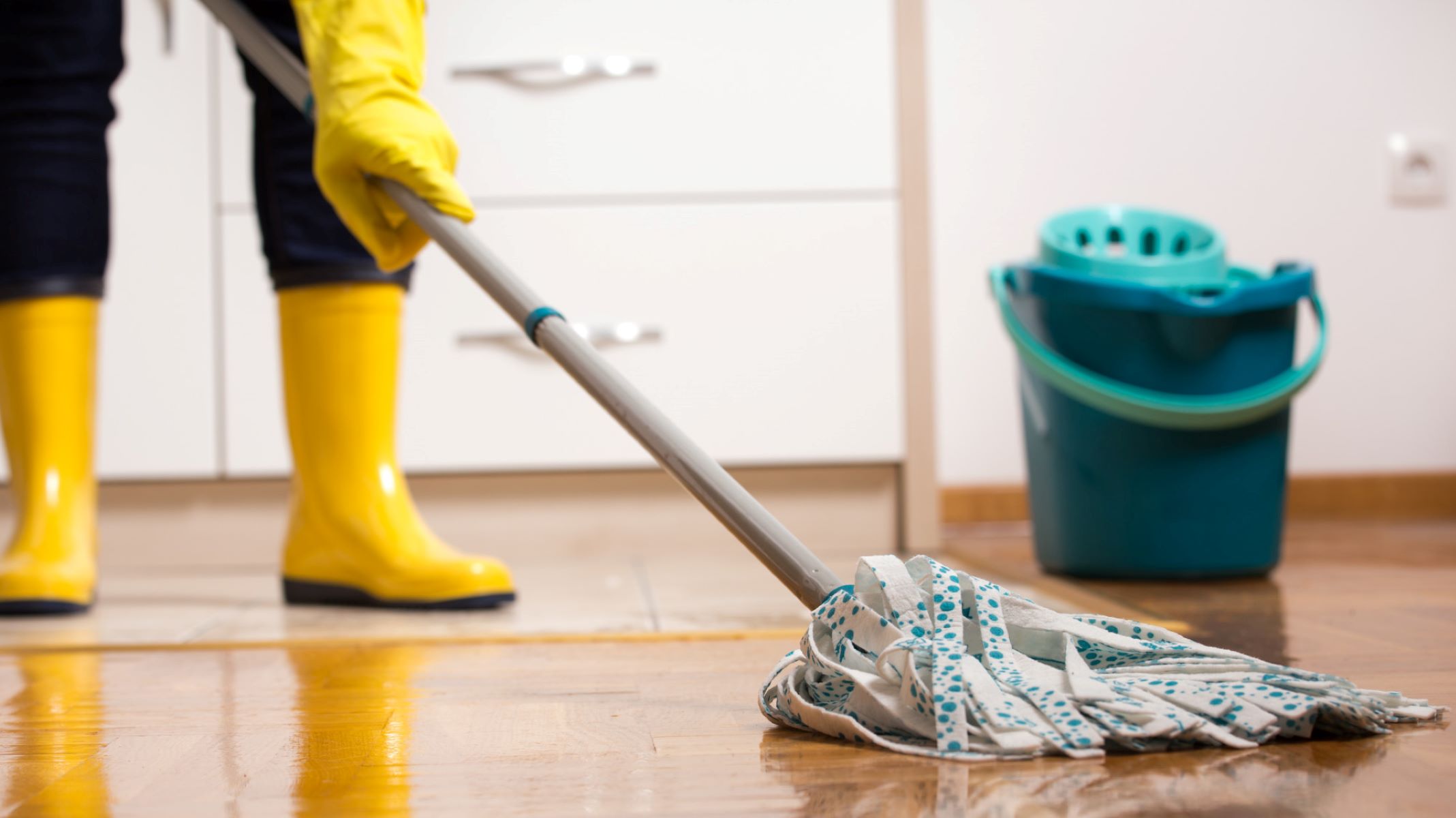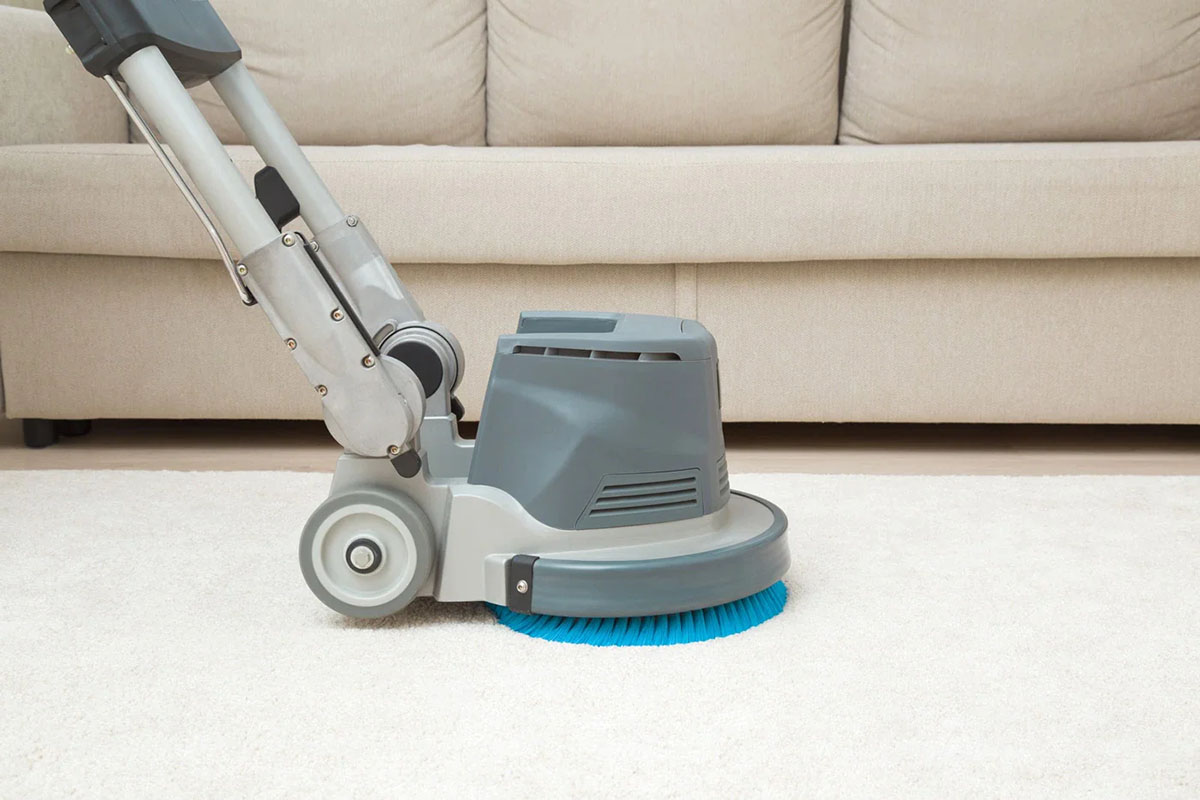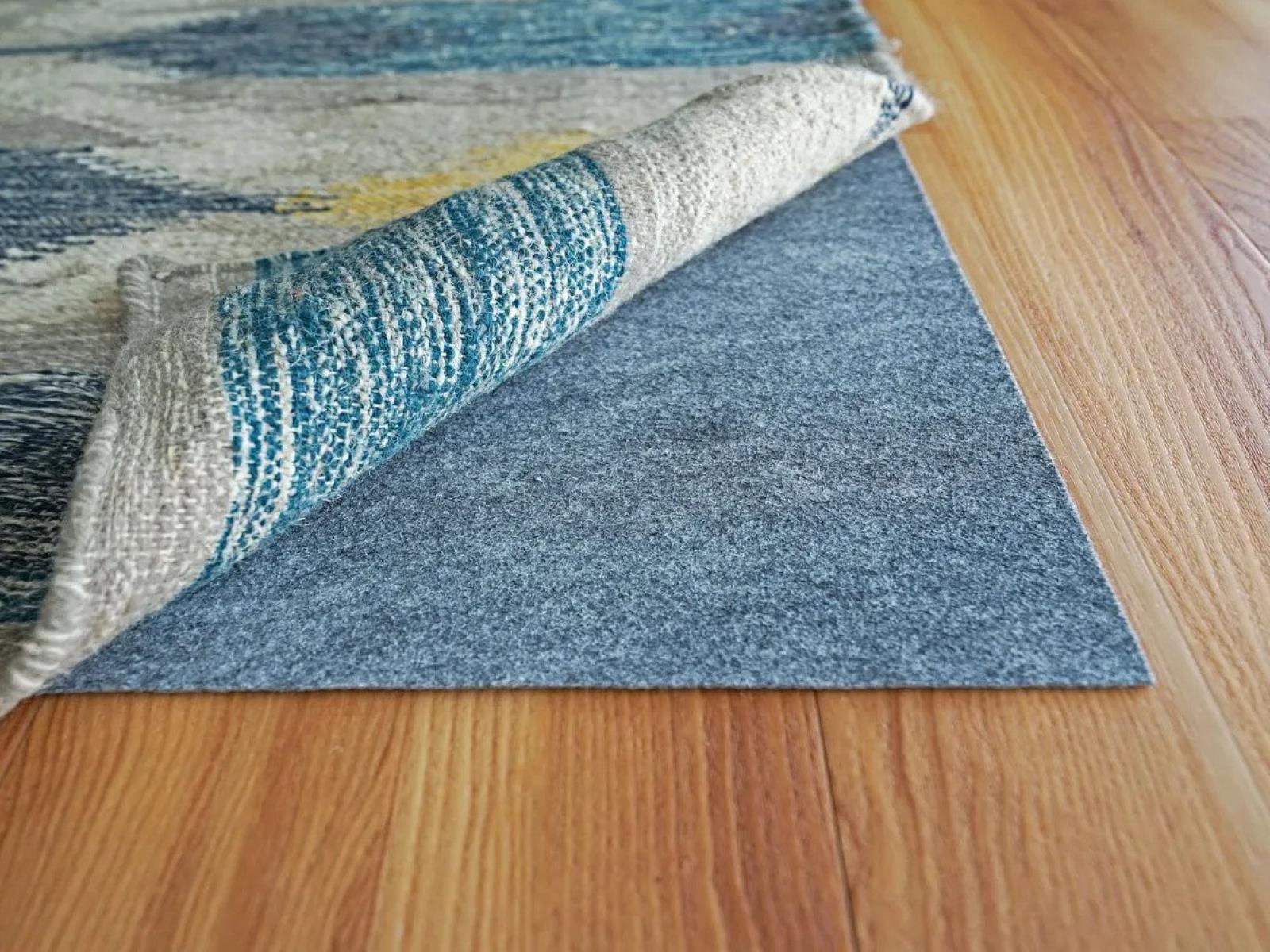Home>Furniture>Bedroom Furniture>What Can I Put Under My Mattress On The Floor
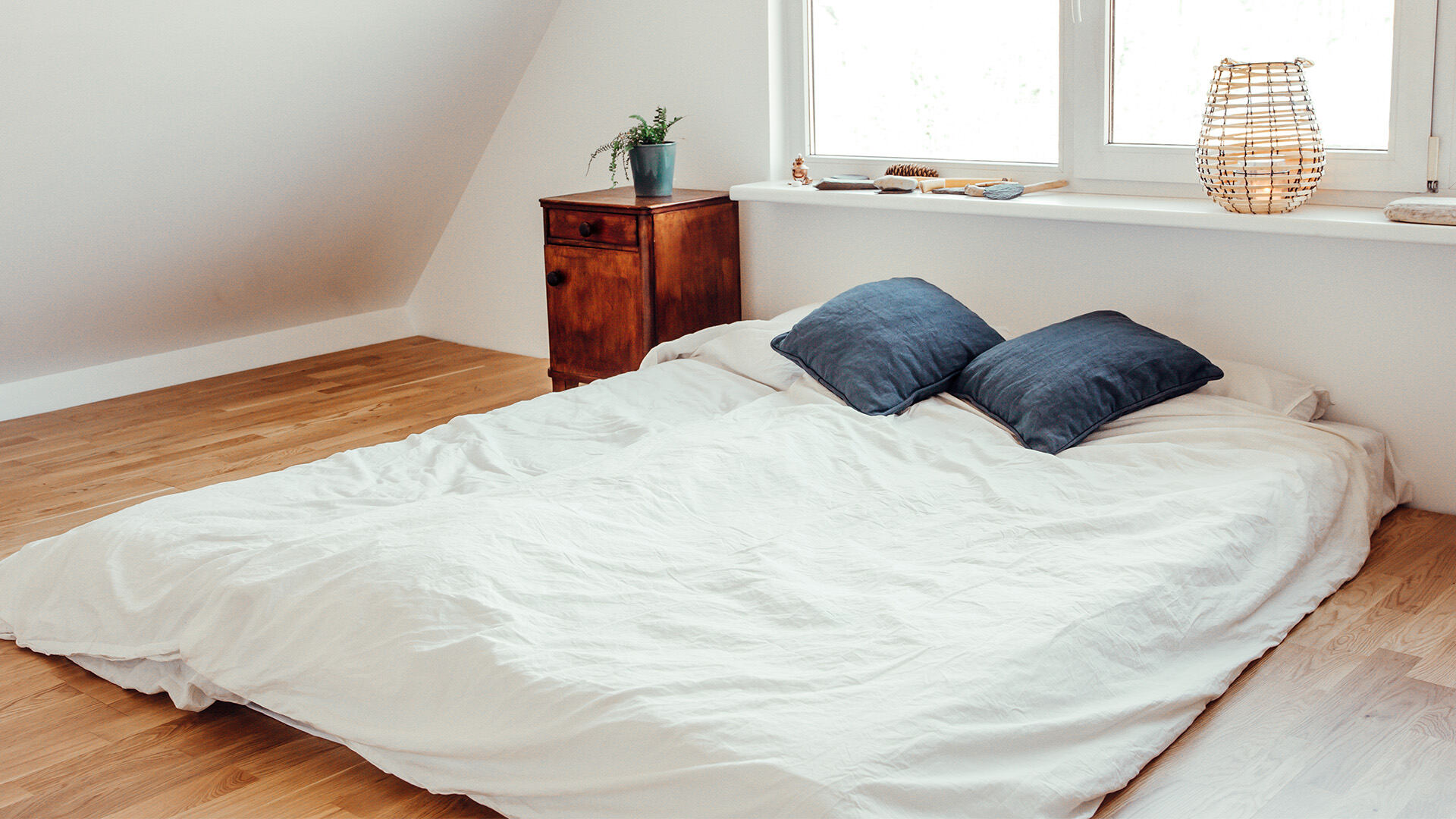

Bedroom Furniture
What Can I Put Under My Mattress On The Floor
Modified: October 20, 2024
Looking for creative bedroom furniture ideas? Discover what you can put under your mattress on the floor to create a stylish and functional sleep space.
(Many of the links in this article redirect to a specific reviewed product. Your purchase of these products through affiliate links helps to generate commission for Storables.com, at no extra cost. Learn more)
Introduction
If you’re considering placing your mattress on the floor, you may be wondering what you can put under it to enhance comfort and support. While a traditional bed frame or foundation provides a stable base for your mattress, there are several options available for those who prefer the minimalist approach of sleeping directly on the floor. In this article, we will explore different items you can use to elevate your mattress and improve your sleep experience.
There can be several reasons why someone chooses to place their mattress on the floor. It could be a matter of personal preference, a temporary solution when moving or renovating, or a practical choice for those who have limited space or are in search of a minimalist bedroom aesthetic. Regardless of the reason, adding something supportive and comfortable under your mattress can make a significant difference in both the feel and durability of your sleeping surface.
Before we dive into the types of items you can use, it’s essential to consider your specific needs and preferences. Factors such as body weight, mattress type, and desired firmness should all be taken into account when determining the best option for your particular situation. Keep in mind that while these items can enhance the comfort and stability of a mattress on the floor, they may not provide the same level of support as a traditional bed frame or foundation would.
Key Takeaways:
- Elevate your mattress on the floor with options like mattress toppers, non-slip pads, plywood, foam floor tiles, and more to enhance comfort, support, and airflow for a better sleep experience.
- Consider factors like comfort, support, airflow, portability, budget, and aesthetics when choosing the right option to elevate your mattress on the floor, creating a personalized sanctuary for restful sleep and relaxation.
Why Put Something Under a Mattress on the Floor?
Placing something under a mattress on the floor can provide several benefits, both practical and comfort-related. Here are a few reasons why you might consider adding an extra layer of support:
- Improved Air Circulation: Elevating your mattress off the floor allows for better air circulation, preventing moisture buildup and reducing the risk of mold or mildew growth. This is especially important if you live in a humid environment.
- Enhanced Comfort: While sleeping directly on the floor may be a minimalist choice, it can sometimes lead to discomfort, especially if your mattress is on the firmer side. Adding a supportive layer underneath can help alleviate pressure points and provide a more comfortable sleep surface.
- Protection Against Dust and Dirt: Placing something under your mattress can act as a barrier, protecting it from dust, dirt, and debris that may accumulate on the floor. This is particularly beneficial for individuals with allergies or asthma.
- Increased Mattress Durability: A mattress that is constantly in contact with the floor may have a shorter lifespan due to increased wear and tear. By adding a layer of support, you can help prolong the life of your mattress by reducing friction and potential damage.
- Sound Dampening: If you live in an apartment building or have noisy neighbors, placing your mattress on a padded surface can help reduce noise transmission, allowing for a quieter and more peaceful sleep environment.
It’s important to note that while adding something underneath your mattress can offer these benefits, it may not entirely replicate the support and stability provided by a traditional bed frame or foundation. If you have specific concerns about the longevity or overall performance of your mattress, it’s advisable to consult with the manufacturer or a sleep specialist for guidance.
Types of Items to Put Under a Mattress on the Floor
When it comes to adding support and comfort to a mattress on the floor, there are various options available. Let’s explore some of the most popular choices:
- Mattress Toppers: A mattress topper is a thick layer of cushioning material that sits on top of your mattress. It can provide extra comfort and support, helping to alleviate pressure points and improve the overall feel of your sleeping surface. Common materials used for mattress toppers include memory foam, latex, and down alternative.
- Non-slip Pads or Rug Grippers: To prevent your mattress from sliding around on the floor, you can use non-slip pads or rug grippers. These adhesive or rubberized mats provide grip and stability, ensuring that your mattress stays in place throughout the night.
- Plywood or Wooden Boards: Placing a layer of plywood or wooden boards on the floor can create a solid and stable foundation for your mattress. This option can help distribute weight evenly and prevent sagging, particularly for individuals with a heavier body weight.
- Foam Floor Tiles: Foam floor tiles, typically used for exercise or play areas, can be an affordable and comfortable option for adding support to your mattress on the floor. These interlocking tiles provide a cushioned surface and can be easily customized to fit your desired sleeping area.
- Carpet Padding or Area Rugs: If your bedroom has a hard surface floor, such as wood or tile, adding carpet padding or area rugs under your mattress can provide both comfort and insulation. These soft and cushioned materials can help absorb impact and reduce noise, creating a cozier sleep environment.
- Mattress Foundation or Box Spring: While not specifically designed for use on the floor, a mattress foundation or box spring can be utilized to elevate your mattress and provide additional support. These traditional bed frame components can help maintain the integrity of your mattress and offer a more familiar sleep experience.
- Air Mattresses or Inflatable Beds: If you’re in need of a temporary sleeping solution, consider using an air mattress or inflatable bed. These portable options can be easily inflated and provide a comfortable and adjustable sleeping surface when placed on the floor.
- Thick Blankets or Comforters: If you’re looking for a quick and budget-friendly solution, layering thick blankets or comforters under your mattress can add some cushioning and support. While not as effective as other options, this method can still provide a bit of extra comfort.
When deciding which option is best for you, consider factors such as your budget, desired level of comfort, and the overall aesthetics of your bedroom. It’s also important to assess the quality and durability of the chosen item to ensure it can withstand the weight and constant pressure of a mattress.
Mattress Toppers
One of the most popular options for enhancing the comfort of a mattress on the floor is to use a mattress topper. A mattress topper is an additional layer of padding that sits on top of your existing mattress, providing extra cushioning and support.
Mattress toppers come in a variety of materials, including memory foam, latex, and down alternative. Each material has its own unique benefits and considerations, so it’s essential to choose one that aligns with your preferences and needs.
Memory foam toppers: Memory foam is known for its contouring and pressure-relieving properties. A memory foam mattress topper can conform to the shape of your body, relieving pressure points and providing personalized support. It also absorbs motion, making it an excellent choice for individuals who share their bed with a partner. However, memory foam toppers can retain heat, so if you tend to sleep hot, consider models with cooling properties.
Latex toppers: Latex is a natural and durable material that offers excellent support and responsiveness. Latex toppers can provide a comfortable and cushioned surface while still being highly breathable and resistant to dust mites and allergens. They also have a natural bounce, which makes moving and changing positions easier. However, latex toppers can be more expensive compared to other options.
Down alternative toppers: If you prefer a softer and more plush feel, down alternative toppers can be a good choice. Made with synthetic fiberfill, these toppers mimic the softness and loft of down feathers without the risk of allergens. They offer a cloud-like surface that adds a cozy and luxurious touch to your mattress on the floor.
When selecting a mattress topper, consider the thickness and density that works best for your comfort preferences. Thicker toppers provide more cushioning, while density determines the level of support. Remember to choose a size that matches your mattress dimensions to ensure a proper fit.
To optimize the benefits of a mattress topper, it’s essential to properly maintain and care for it. Regularly fluff and rotate the topper to prevent uneven wear and distribute the weight evenly. Most toppers come with a removable and washable cover, making it easy to keep them clean and fresh.
Overall, a mattress topper is an excellent option for adding a layer of comfort and support to a mattress placed on the floor. It can enhance your sleep experience by relieving pressure points and providing a more customized feel. Whether you choose memory foam, latex, or down alternative, a mattress topper can make a significant difference in the overall comfort of your sleeping surface.
Non-slip Pads or Rug Grippers
When placing your mattress directly on the floor, one of the challenges you may encounter is keeping it in place. To prevent your mattress from sliding around, you can use non-slip pads or rug grippers.
Non-slip pads are typically made of rubber or a non-slip material and are designed to provide grip and stability. They can be placed between the mattress and the floor to keep the mattress securely in place, preventing it from shifting or sliding during the night.
Rug grippers, as the name suggests, are designed to keep rugs from slipping on smooth surfaces like hardwood floors. However, they can also be effective in preventing a mattress from moving on the floor. Rug grippers are usually adhesive or have a sticky surface on both sides. You can attach the grippers to the underside of your mattress or directly to the floor, creating a strong hold that keeps the mattress in place.
Using non-slip pads or rug grippers offers several benefits when placing your mattress on the floor:
- Stability: By securing the mattress with non-slip pads or rug grippers, you can ensure that it stays in place throughout the night. This is especially useful if you tend to move around in your sleep or have a mattress with a slippery surface, such as a memory foam mattress.
- Comfort: A mattress that continually shifts or slides can disrupt your sleep and cause discomfort. Non-slip pads or rug grippers provide stability, allowing you to rest peacefully without worrying about the mattress moving out of position.
- Protection: Placing a non-slip pad between your mattress and the floor can act as a protective barrier, preventing the mattress from directly contacting the floor. This can help reduce wear and tear on the mattress, especially if your floor has rough or abrasive surfaces.
- Noise Reduction: Non-slip pads or rug grippers can also minimize noise caused by the friction between the mattress and the floor. This is particularly beneficial if you live in an apartment building or share your space with others, as it helps create a quieter sleep environment.
When choosing non-slip pads or rug grippers, ensure that they are compatible with your flooring type and mattress size. Check the weight capacity and dimensions to ensure they can effectively hold your mattress in place. Additionally, consider the ease of use and repositioning, especially if you frequently move or rearrange your sleeping area.
Overall, non-slip pads and rug grippers are cost-effective solutions to keep your mattress secure and stable on the floor. They provide peace of mind, improve comfort, and prevent unnecessary movement, allowing you to enjoy a restful night’s sleep on your floor mattress.
Read more: What To Put Under An RV Mattress
Plywood or Wooden Boards
If you’re looking for a simple yet effective way to add support and stability to a mattress on the floor, using plywood or wooden boards can be a practical option. Placing a layer of plywood or wooden boards under your mattress creates a solid and even surface, preventing sagging and providing consistent support.
Here are some reasons why plywood or wooden boards can be a suitable choice:
- Distribution of weight: By placing plywood or wooden boards under your mattress, you create a sturdy foundation that helps distribute your body weight evenly. This can be particularly beneficial for individuals with heavier body weights, as it prevents the mattress from sinking or sagging in certain areas.
- Increased firmness: If your mattress on the floor feels too soft or lacks support, using plywood or wooden boards underneath can add firmness. The solid surface provides a stable base that helps maintain the integrity of the mattress, resulting in a firmer feel.
- Prevention of moisture buildup: When sleeping directly on the floor, there is a risk of moisture accumulation due to lack of airflow. Placing a layer of plywood or wooden boards creates a slight barrier that allows for better air circulation, reducing the likelihood of mold or mildew growth.
- Cost-effective solution: Plywood and wooden boards are affordable alternatives to traditional bed frames or foundations. They are widely available and can be cut to custom sizes to fit your specific mattress dimensions.
When using plywood or wooden boards, it’s important to make sure they are smooth and free of any sharp edges or protrusions that could damage your mattress. Sanding the edges and corners can help create a safer and more comfortable surface.
Additionally, consider the thickness of the plywood or wooden boards based on your needs. Thicker boards provide more support, but keep in mind that they may add extra height to your sleeping surface. If height is a concern, opt for thinner boards or plywood.
It’s worth noting that plywood or wooden boards alone may not offer the same level of ventilation or airflow as other options. If maintaining good air circulation is a priority for you, consider using a combination of plywood or wooden boards with other breathable materials, such as foam floor tiles or breathable mattress toppers.
Overall, plywood or wooden boards are a practical and budget-friendly solution for elevating a mattress on the floor. They provide crucial support, prevent sagging, and help maintain the longevity of your mattress. Whether you choose plywood for its durability or wooden boards for their versatility, this DIY approach can significantly enhance your sleep experience.
Foam Floor Tiles
When it comes to adding comfort and support to a mattress on the floor, foam floor tiles are a versatile and affordable option worth considering. These interlocking tiles, commonly used for exercise or play areas, can provide a cushioned surface that improves the overall feel of your sleeping area.
Here are some reasons why foam floor tiles can be a great choice:
- Cushioning: Foam floor tiles are designed to provide a soft and comfortable surface, making them ideal for creating a cozy sleep environment. They offer a layer of cushioning that can help alleviate pressure points and reduce the impact on your body as you sleep.
- Customizable: Foam floor tiles come in various sizes, thicknesses, and colors, allowing you to customize the look and feel of your sleeping area. You can easily arrange the tiles to fit the desired dimensions of your mattress, creating a perfectly tailored surface.
- Easy installation: The interlocking design of foam floor tiles makes them simple to install. No adhesives or tools are required. You can easily connect the tiles together, creating a seamless and secure surface that stays in place as you move throughout the night.
- Portability: One of the advantages of foam floor tiles is their portability. If you need to move or rearrange your sleeping area, you can easily disassemble and reassemble the tiles. This feature makes foam floor tiles a convenient option for those who frequently change their living spaces.
- Sound insulation: Foam floor tiles can help reduce noise transfer and minimize disruptions caused by footsteps or movement. This can be especially beneficial if you live in an apartment building or have noisy neighbors.
When selecting foam floor tiles, consider the foam density and thickness. Higher-density foam provides better support and durability, while thicker tiles offer increased cushioning. However, keep in mind that thicker tiles will add height to your sleeping surface, which may affect the overall aesthetic or accessibility.
It’s important to note that foam floor tiles may not offer the same level of support as other options like plywood or mattress toppers. If you prefer a firmer sleeping surface or require additional stability, combining foam floor tiles with other supportive materials, such as plywood or wooden boards, may be a suitable solution.
Furthermore, foam floor tiles are generally designed for temporary use and may not withstand heavy or prolonged weight. If you plan on using them as a long-term solution, opt for durable and high-quality foam tiles that can withstand regular use and provide consistent support.
Overall, foam floor tiles offer a cost-effective and comfortable solution for elevating a mattress on the floor. They provide cushioning, customization, and portability, enhancing both the comfort and aesthetics of your sleeping area. Whether you choose them as a standalone option or combine them with other materials, foam floor tiles can significantly improve your sleep experience.
You can put a piece of plywood or a mattress foundation under your mattress on the floor to provide support and prevent it from sinking. This will also help improve air circulation and prevent mold growth.
Carpet Padding or Area Rugs
Placing carpet padding or area rugs under a mattress on the floor can add both comfort and insulation to your sleeping surface. These soft and cushioned materials provide a layer of support and warmth, creating a cozy and inviting sleep environment.
Here are a few reasons why carpet padding or area rugs can be a beneficial choice:
- Comfort: Carpet padding or area rugs offer a plush and cushioned surface that adds an extra layer of comfort to your mattress on the floor. They provide a soft and cozy feeling under your feet, making your sleep experience more enjoyable.
- Insulation: If you have a hard surface floor, such as wood or tile, carpet padding or area rugs can help insulate against the cold or draftiness. They create a barrier between your mattress and the floor, helping to retain body heat and keep you warm during the night.
- Noise Reduction: Carpet padding or area rugs can help absorb sound and reduce noise transmission, providing a quieter sleep environment. They minimize the impact of footsteps or other movements that may disturb your sleep, especially if you live in a multi-story building or have noisy neighbors.
- Aesthetics: In addition to their functional benefits, carpet padding or area rugs can significantly enhance the visual appeal of your bedroom. They come in a wide range of colors, patterns, and textures, allowing you to personalize and decorate your sleeping area according to your style preferences.
- Protective Barrier: Placing a carpet padding or area rug under your mattress can act as a protective barrier, preventing dust, dirt, and other debris from collecting directly on the floor. This promotes better cleanliness and hygiene, especially for individuals with allergies or asthma.
When selecting carpet padding or area rugs, consider the thickness and density that suits your comfort preferences. Thicker padding or rugs generally offer more cushioning, but be mindful of the height it adds to your sleeping surface. Additionally, choose materials that are soft yet durable to withstand regular use and provide long-lasting support.
It’s recommended to regularly clean and maintain carpet padding or area rugs to prevent dust buildup and maintain their functionality. Vacuuming or spot cleaning as needed will help keep them fresh and free from allergens.
Whether you choose a plush area rug or carpet padding specifically designed for under mattresses, combining them with other supportive materials like plywood or wooden boards can further enhance the stability and comfort of your sleeping surface.
Overall, carpet padding or area rugs offer a cozy and visually appealing solution for adding comfort to a mattress on the floor. They provide insulation, noise reduction, and a touch of style to your sleep environment, helping you create a warm and inviting space for restful nights.
Mattress Foundation or Box Spring
While typically used in conjunction with a bed frame, a mattress foundation or box spring can also be used to elevate a mattress directly on the floor. These traditional components provide a stable and supportive base for your mattress, enhancing both comfort and durability.
Here are some reasons why a mattress foundation or box spring can be a suitable choice:
- Support and Stability: A mattress foundation or box spring is specifically designed to provide support to the mattress and prevent sagging. They have a sturdy construction with a wooden or metal frame, often accompanied by a network of springs or slats. This ensures even weight distribution and minimizes stress on the mattress.
- Improved Airflow: Elevating your mattress with a foundation or box spring allows for better airflow underneath the mattress. This helps to prevent moisture buildup, reduce the risk of mold or mildew, and promote a healthier sleep environment.
- Enhanced Comfort: A foundation or box spring can add a layer of cushioning and softness to your mattress on the floor. The additional support and shock absorption provided by these components can help alleviate pressure points and enhance the overall comfort of your sleep surface.
- Height Adjustment: Using a mattress foundation or box spring allows you to adjust the height of your mattress. This can be beneficial for individuals who find it easier to get in and out of bed with a higher surface. It can also help match the height of your mattress to other bedroom furniture for aesthetic purposes.
- Longevity of the Mattress: Placing your mattress on a foundation or box spring can help extend its lifespan. The even support and reduced strain on the mattress prevent premature wear and sagging, allowing your mattress to maintain its original shape for longer.
When selecting a mattress foundation or box spring, consider the compatibility with your mattress size and type. Ensure that the foundation or box spring is designed to accommodate your specific mattress dimensions and weight capacity. Most mattresses are compatible with standard-sized foundations or box springs, but it’s always a good idea to check with the manufacturer or a sleep specialist to ensure the best fit.
It’s worth mentioning that using a mattress foundation or box spring on the floor might alter the overall aesthetics of the room and may not align with a minimalist design. However, if support and long-term durability are your primary concerns, a mattress foundation or box spring can be an excellent investment.
Overall, a mattress foundation or box spring can provide exceptional support, stability, and comfort when placing your mattress on the floor. It offers improved airflow, height adjustment, and helps prolong the lifespan of your mattress, ensuring a satisfying sleep experience.
Read more: What To Put Under Tile Floor
Air Mattresses or Inflatable Beds
If you’re in need of a temporary sleeping solution or prefer the flexibility of adjusting your mattress’s firmness, an air mattress or inflatable bed can be an excellent choice when placing your mattress on the floor. These portable options offer customizable comfort and convenience.
Here are some reasons why air mattresses or inflatable beds may be a suitable option:
- Adjustable Firmness: One of the primary advantages of air mattresses is their adjustable firmness. They typically come with an integrated or separate air pump that allows you to inflate or deflate the mattress to your preferred level of firmness or softness. This gives you the ability to customize your sleep surface based on your individual needs and preferences.
- Portability: Air mattresses are highly portable, making them a convenient choice for those who often move or travel. They can be easily deflated, folded, and stored in a compact size when not in use. This portability makes them suitable for camping trips, overnight guests, or temporary living situations.
- Space-saving: When you don’t have the space for a traditional bed frame or mattress, an air mattress can be a space-saving solution. By placing it directly on the floor, you can maximize your available space while still providing a comfortable sleep surface.
- Quick setup: Inflating an air mattress is a straightforward and quick process. Most air mattresses come with built-in pumps or external electric pumps that make inflation and deflation a breeze. With just a push of a button, you can have a fully functional bed ready for use in a matter of minutes.
- Affordability: Air mattresses are generally more affordable compared to traditional mattresses and bed frames. They offer a cost-effective solution for those on a limited budget or looking for a temporary bedding option.
When selecting an air mattress or inflatable bed, consider the size, weight capacity, and durability. Ensure that the mattress is appropriate for your intended use, whether it’s for occasional guests, camping, or daily sleeping. Look for models with features such as flocked tops for added comfort and puncture resistance for durability.
Keep in mind that while air mattresses can provide comfort and convenience, they may not offer the same level of support and durability as traditional mattresses. It’s important to find a balance between comfort and proper support for your body to ensure a restful sleep experience.
Additionally, it’s crucial to properly maintain and care for your air mattress to keep it in good condition. Follow the manufacturer’s instructions for inflation, deflation, and storage to extend the lifespan of the mattress.
Overall, air mattresses or inflatable beds offer versatility, customization, and portability when placing your mattress on the floor. They provide an adjustable sleep surface that can be easily adapted based on your preferences, making them an ideal choice for temporary or flexible sleeping arrangements.
Thick Blankets or Comforters
When looking for a quick and budget-friendly solution to add a layer of comfort and support to your mattress on the floor, using thick blankets or comforters can be an effective option. While not as robust as other choices, these cozy bedding items can still provide some cushioning and warmth.
Here are some reasons why thick blankets or comforters may be a suitable choice:
- Cushioning: Layering thick blankets or comforters underneath your mattress can add a bit of extra padding and softness, enhancing the overall comfort of your sleeping surface. They provide a plush feel and help minimize the direct contact between your body and the floor.
- Warmth: Thick blankets or comforters offer added insulation, which can be especially beneficial if you have a cold or drafty sleeping area. They trap body heat, keeping you cozy and warm during the colder months.
- Affordability: If you’re on a tight budget or looking for a temporary solution, using thick blankets or comforters can be a cost-effective way to improve the comfort of your mattress on the floor. You can repurpose existing bedding or easily find affordable options in various thicknesses and materials.
- Accessibility: Thick blankets or comforters are readily accessible and easy to obtain. They can be found in a wide range of colors, designs, and sizes, allowing you to personalize and match your sleep environment’s aesthetic.
When using thick blankets or comforters as a supportive layer, consider layering multiple blankets or folding them to achieve your desired level of cushioning. Arrange them evenly beneath your mattress to provide consistent support and prevent any lumps or unevenness.
While thick blankets or comforters can add some degree of comfort, it’s important to note that they may compress over time, resulting in reduced support. Regularly fluffing and rotating the blankets can help mitigate this issue and maintain their loft and cushioning.
Although this option offers a simple and accessible solution, it may not provide the same level of support and durability as other methods like mattress toppers or foundations. If you require more pronounced support or have specific sleep-related concerns, it may be beneficial to explore alternative options.
Overall, using thick blankets or comforters can temporarily enhance the comfort of your mattress on the floor. They provide cushioning, insulation, and affordability, allowing you to create a cozy sleep environment while working within your budget constraints.
How to Choose the Right Option for Your Needs?
When it comes to selecting the best item to put under your mattress on the floor, there are several factors to consider. Here’s a guide to help you choose the right option for your specific needs:
- Comfort: Consider how much comfort you desire from your sleeping surface. If you prefer a softer feel, options like mattress toppers or thick blankets may be suitable. If you prefer a firmer surface, materials like plywood or foam floor tiles can provide the necessary support.
- Support: Evaluate your desired level of support. If you require significant support for your mattress, options like mattress foundations or wooden boards are excellent choices. For adjustable support, air mattresses or inflatable beds allow you to customize the firmness according to your preference.
- Air Circulation: Determine if airflow is a concern for you. If so, materials like foam floor tiles or raised platforms made of slats can promote better ventilation. This can help prevent moisture buildup and enhance the overall hygiene of your sleeping area.
- Portability: If you frequently move or have limited space, consider options that are portable and easy to assemble and disassemble, such as air mattresses or foam floor tiles. These options allow for quick setup and storage when needed.
- Budget: Determine your budgetary constraints. Different options come with varying price tags. Mattress toppers, mattress foundations, and air mattresses tend to be more costly, while using items like thick blankets or comforters are a more budget-friendly choice.
- Aesthetics: Consider the visual appeal of your sleeping area. Some options, like mattress foundations or box springs, may provide a more traditional and elevated look, while foam floor tiles or area rugs can add a touch of design and color. Choose an option that aligns with your desired aesthetic.
It’s important to prioritize the factors that matter most to you. Think about your specific sleep preferences, any health concerns, and the overall functionality you expect from the item you choose.
Furthermore, keep in mind that combining different options is also a possibility. For example, using a mattress topper on plywood or foam floor tiles can provide both comfort and support.
Lastly, read customer reviews, check product specifications, and consult with sleep experts or mattress manufacturers for guidance. They can provide valuable insights and recommendations based on your individual needs.
By carefully considering your comfort, support, budget, and other factors, you can make an informed decision and choose the right option to enhance your sleeping experience with a mattress on the floor.
Conclusion
Choosing to place your mattress on the floor can be a practical and minimalist approach to bedroom design. While it offers simplicity and a unique aesthetic, adding something supportive and comfortable underneath your mattress can greatly enhance your sleep experience.
In this article, we explored various options for what to put under your mattress on the floor. From mattress toppers to non-slip pads, plywood to foam floor tiles, carpet padding to air mattresses, and thick blankets to mattress foundations, each option brings its own benefits and considerations.
When selecting an option, it’s crucial to consider your comfort preferences, desired support level, airflow requirements, portability needs, budget constraints, and aesthetic preferences. By carefully assessing these factors and understanding the pros and cons of each option, you can choose the right one that suits your individual needs.
Whether you prioritize optimal comfort, adjustable support, improved air circulation, versatility, affordability, or visual appeal, there is an option available to meet your requirements. Customizing your sleeping surface on the floor allows you to create a personal sanctuary that promotes restful sleep and relaxation.
Remember, it’s not just about finding the perfect option; it’s about finding the perfect combination of options that work harmoniously to provide the level of support and comfort you desire.
Ultimately, no matter which option you choose, adding something under your mattress on the floor demonstrates your commitment to creating a comfortable and welcoming sleep environment. So, take the time to explore the options, consider your needs, and make an informed decision that will enhance your sleep and contribute to your overall well-being.
Frequently Asked Questions about What Can I Put Under My Mattress On The Floor
Was this page helpful?
At Storables.com, we guarantee accurate and reliable information. Our content, validated by Expert Board Contributors, is crafted following stringent Editorial Policies. We're committed to providing you with well-researched, expert-backed insights for all your informational needs.
